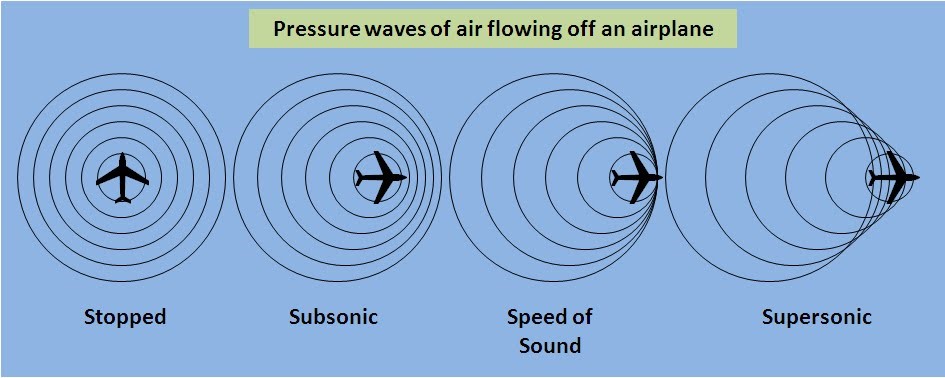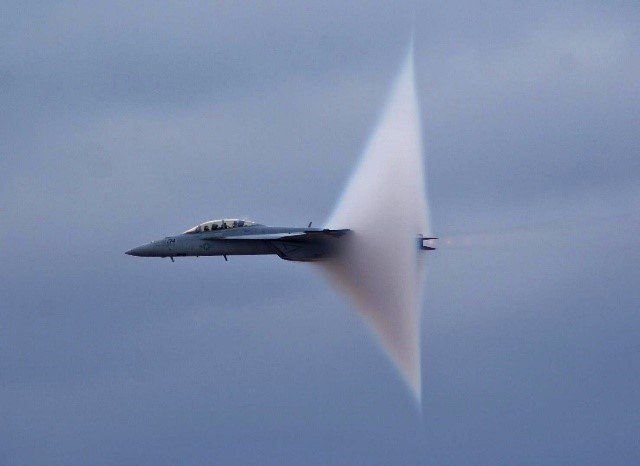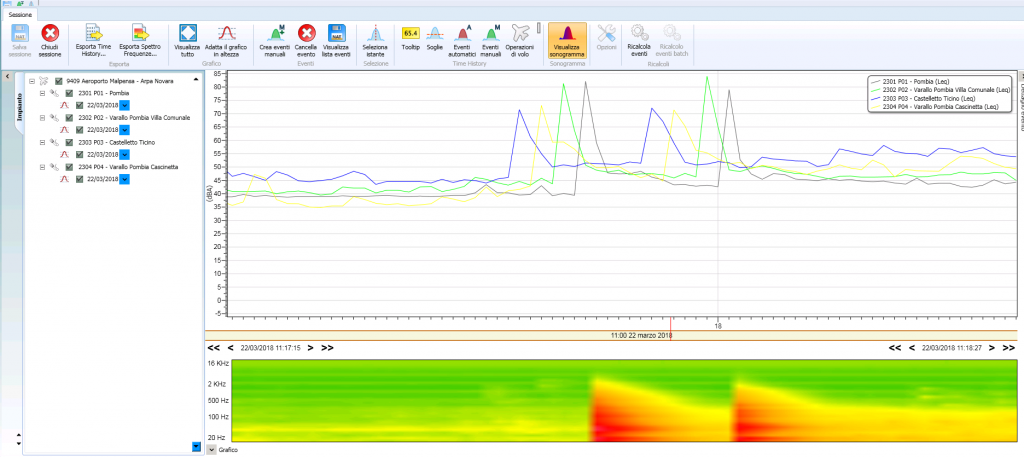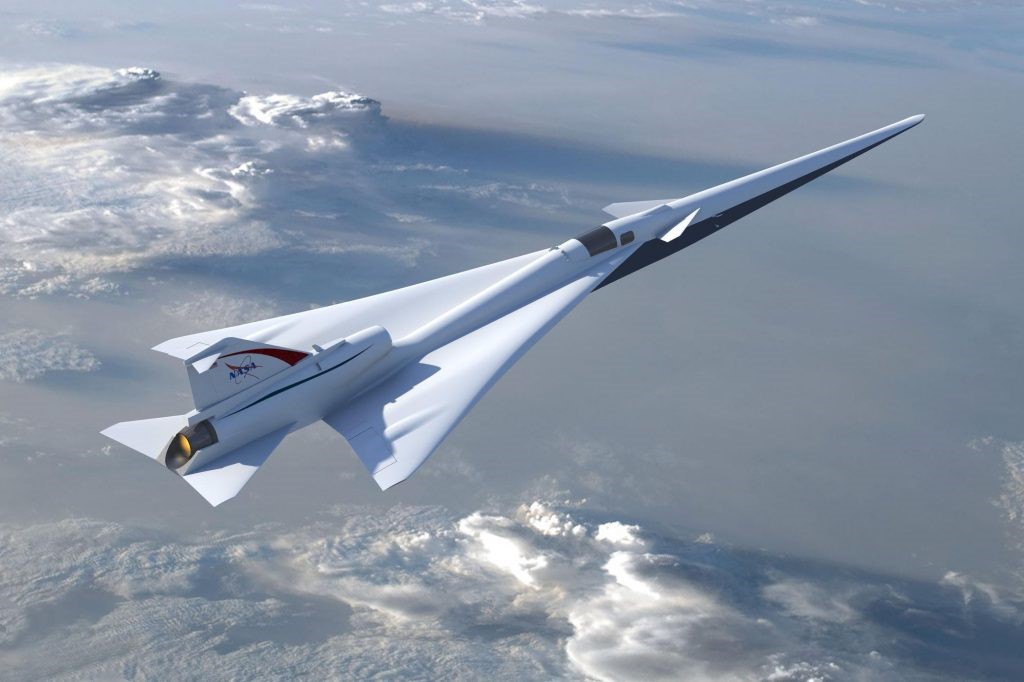Do you know what a Supersonic Bang is?
Any object that produces noise, generates sound waves (simple pressure variations) that spread in the air in a uniform and concentric way with respect to the source; if the object moves, as in the case of an airplane, these waves will generate a conical shape, that is they will be closer to each other in the direction in which the object proceeds and more spaced behind it.

The faster a plane goes, the more the waves are compressed with one another, until, reaching the speed of sound, they add up to each other: at which point the plane will break the sound barrier, producing a strong noise (whose intensity will be the sum of the sound waves produced) that will continue until the plane continues to proceed at supersonic speed (but it will continue to be audible only by those who are “inside” the MACH CONE and that follows the moving object).

Last year our noise monitoring systems recorded the sonic bang produced by two Eurofighters of the Italian Air Force that took off to intercept an Air France Boeing 777 aircraft that had lost radio contact with the Italian control bodies; the event had great media coverage and caused concern among the people of Northern Italy, frightened by the loud noise.
These are the acoustic profiles of the monitoring stations: it is easily recognizable the moment in which the two Eurofighters have broken the wall of sound, creating the boom. The acoustic spectrum infact shows at that time two peaks very similar to the image of the broken sound barrier.

In such a situation, our systems recognize the anomaly of the recorded event and, if properly configured, send an alarm to the user.
The cases of sonic boom do not occur frequently (in 2017 they have been 64 worldwide) and in the future they may even decrease; infact, the first flight of the Lockheed Martin X-59 QueSST (where QueSST stands for Quiet Supersonic Transport) is expected in 2021. It is the experimental low-sonic boom developed by NASA (known as X- plane) and built by Lockheed Martin; It will be about thirty meters long, a little less than a Boeing 737, and can reach Mach 1.4 speed (speed of sound Mach=1), around 1,800 km / h. If it enters service, it will allow halving flight times on medium-haul routes.

But how can a supersonic plane not produce the bang when it overcomes the wall of sound?
This is due to the particular shape of wings and fuselage that allows it to cleave the air better and that give a particular conformation to the sound waves produced by the device; It should create a 75 Perceived Level decibel (PLdB) thump on ground, as loud as closing a car door, compared with 105-110 PLdB for the Concorde (that is one of only two supersonic transports to have been operated commercially; the other is the Soviet-built Tupolev Tu-144).
Leggi le altre news
Highway Control Room: Where Mobility Takes Shape
The highway control room is the operational nerve center of motorway management — the place where information converges, strategic decisions are made, and mobility is coordinated in real time. In this environment, technology plays a critical role, enabling continuous monitoring, fast communication, and efficient traffic control. Advanced Monitoring Systems Inside the control room, operators rely […]
SARA-NOISE AT TURIN CASELLE INTERNATIONAL AIRPORT
The airport management company SAGAT SpA chooses our systems for noise monitoring and analysis. To monitor aircraft noise emissions, SAGAT Spa has chosen to rely on our SARA system. SARA is the Softech solution for monitoring and analyzing environmental parameters (noise, air quality, weather) at the airport. Equipped with highly specialized analysis software and monitoring […]
G-SMART: ADR – Aeroporti di Roma chooses our system for IoT monitoring and benchmarking of trolley collection areas.
An IoT infrastructure for the active and continuous monitoring of the trolley collection areas at Fiumicino International Airport. G-SMART is the GSE tracking system that combines different technologies (RFID, Bluetooth, ADS-B, GPS) to create the best performing solution depending on the application scenario. IPS – indoor positioning systems – are systems that allow objects to […]


